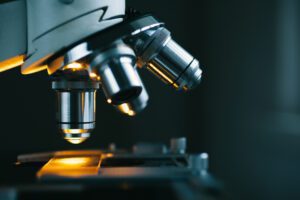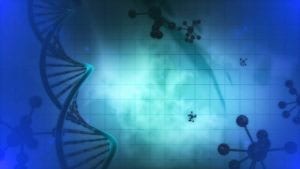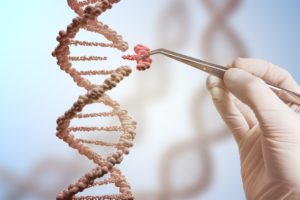Cystinosis
What is cystinosis?
Cystinosis is an inherited disorder that leads to the build-up and crystallization of the amino acid, cystine, in cells of the body. If left untreated, this crystallization can cause organ damage, kidney failure, or death. The general umbrella term of “cystinosis” manifests in three clinical types:- Nephropathic—The most severe form of cystinosis, cystinosis nephropathic is typically diagnosed in late infancy. Early symptoms include excessive thirst, rickets, corneal crystals (crystallization in the eyes), and renal Faconi syndrome (nutrient loss through the urine).
- Intermediate—Intermediate cystinosis is largely the same as nephropathic cystinosis, but it develops later in a person’s life. Kidney damage and corneal crystals remain primary symptoms.
- Non-nephropathic (Ocular)—Non-nephropathic (or ocular) cystinosis is also characterized by corneal crystals. However, unlike their counterparts, individuals with this type of cystinosis tend to lack other severe symptoms. This absence contributes to the large variance in age of diagnosis.
What causes cystinosis?
The amino acid cystine occurs naturally in the body—the problem comes when cystine cannot move naturally in the body. The cystinosis gene (CTNS) creates a deficiency in cystinosin, the protein responsible for cystine transport. Cystine becomes trapped in the lysosome part of cells, crystalizes, and causes cell death and organ damage.What are the symptoms of cystinosis?
Cystinosis is sometimes mistakenly called a “kidney disorder” because of its impact on the renal system. Many individuals with cystinosis nephropathic or intermediate cystinosis will experience kidney failure, and require dialysis and/or at least one kidney transplant in their lifetime. However, these types of cystinosis may also affect the: – Liver – Central nervous system – Muscles – White blood cells – Thyroid In addition, all three clinical types—cystinosis nephropathic, intermediate cystinosis, and non-nephropathic (ocular) cystinosis affect the eyes, causing photosensitivity and, in some cases, blindness..How do people inherit cystinosis?
Because it is an autosomal recessive genetic disease, a mutated gene that’s inherited through both parents. This can come as a surprise to many families, since the parent carriers will not show symptoms themselves.Where can I find more information about cystinosis?
Cystinosis Articles

Study of the Week: Using AI to Find a New Treatment for Cystinosis
James Moore
August 7, 2023
Read More »

Researchers Use AI to Identify New Cystinosis Treatment Targets
James Moore
August 3, 2023
Read More »



Cystinosis Awareness Day is on May 7: Spreading Rare Disease Awareness
James Moore
May 4, 2023
Read More »


AVR-RD-04 for Cystinosis Earns Rare Pediatric Disease Designation
Jessica Lynn
October 3, 2022
Read More »







